#marcella hazan
Explore tagged Tumblr posts
Text
C O O K I N G T I M E
Birthday present from family. 705 pages of recipes to work out

2 notes
·
View notes
Text
Spaghetti Night
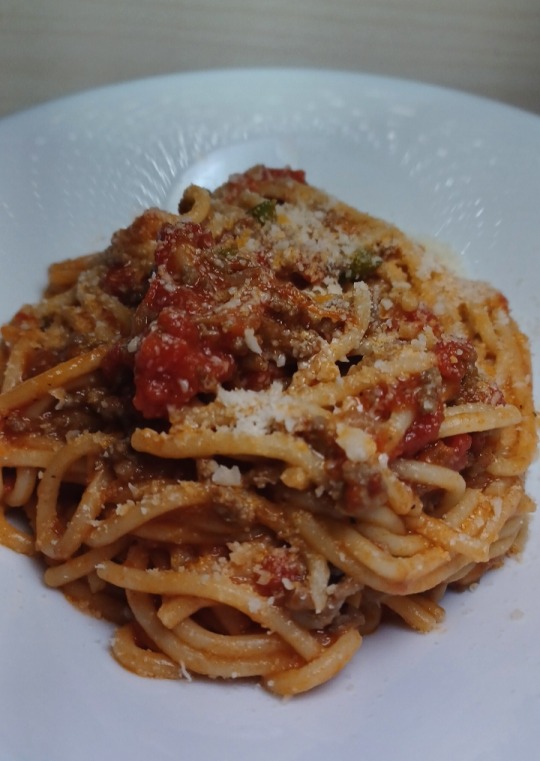
I made my own sauce!!!
1 can peeled whole tomatoes (smush 'em), half stick butter, onion half, basil sprig, salt. Simmer 45 min.-1 hr.
Meat
1 lb. Beef, half onion diced, green bell pepper (small) diced, salt, pepper, onion powder, garlic powder.
Top with parm.
I might never go back to jarred pasta sauce. I always thought people were lying when they said it was easy to make, but they weren't lying. Toss all the ingredients in the pot to simmer and call it a day.
I'm so proud of myself.
Next, I'll have to make pasta from scratch. I've been obsessing over carbonara, so I might have to try it.
#spaghetti#Italian food#home cooking#homemade#comfort food#italian cuisine#gravy#pasta recipe#pasta#recipes#spaghetti noodles#sonny carisi#parmesan#marcella hazan#anti-chef
3 notes
·
View notes
Text
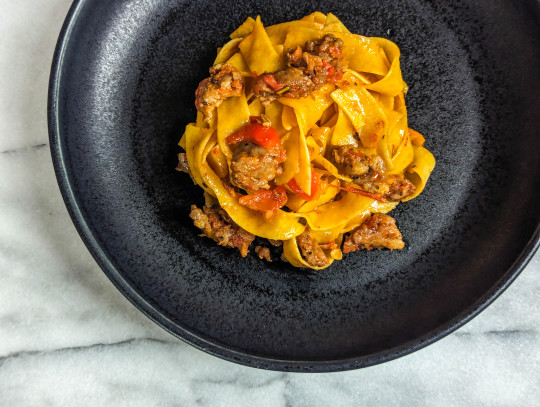


One of my birthday gifts this year was Marcella Hazan’s Essentials of Classic Italian Cooking, and I don’t know why I didn’t try to get this book earlier because it’s as marvelous as everyone says. Her sausage and pepper sauce--paired here with lasagnette--is incredibly simple but still packed with flavor. I’m looking forward to diving into this book a little more in the coming months, that’s for sure.
#food#cooking#pasta#fresh pasta#sausage#peppers#marcella hazan#essentials of classic Italian cooking
5 notes
·
View notes
Text
In the interview, we discuss Marcella Hazan's philosophy and what its like making a documentary film about food.
0 notes
Text
#Marcella#Marcella Hazan#Food#movies#film#movie#Chef#Italian Food#julia child#Documentary#Coming Soon#Movie News
1 note
·
View note
Text
In a Kitchen Far, Far Away ...
Once upon a time, in a kitchen far, far away … A neophyte Italian cook opened up Marcella Hazan’s The Classic Italian Cook Book: The Art of Italian Cooking and the Italian Art of Eating and two handsome princes swore eternal love over an ethereal pasta roll stuffed with spinach and ricotta.* That’s how the story would begin, and end, in a fairy tale. [More about fairy tales and their real…
#Classic Italian Cook Book#Cookbooks#El Zamorano#Honduras#Italian Cooking#Marcella Hazan#United Fruit Company
1 note
·
View note
Text
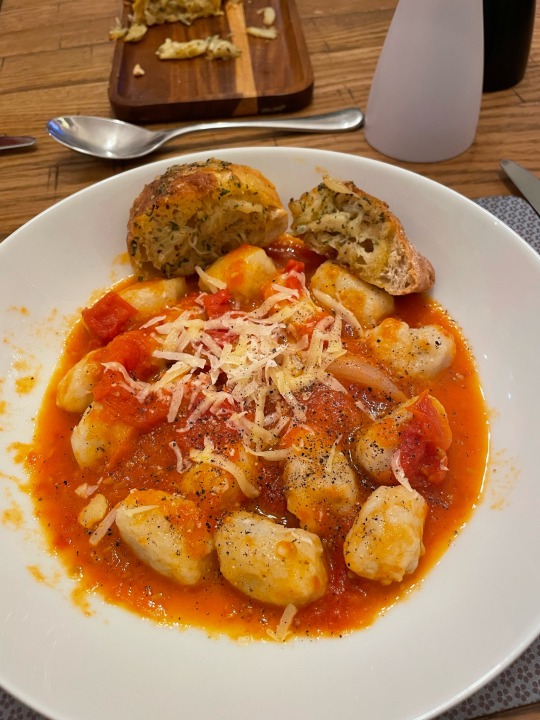
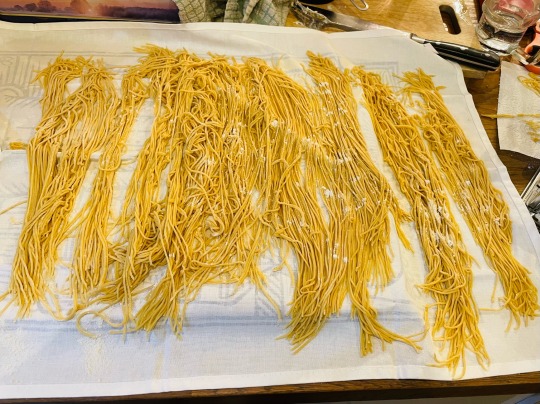
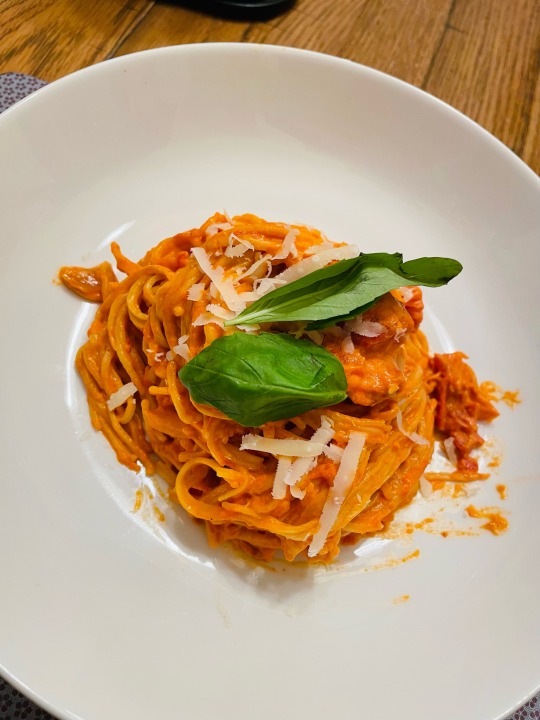
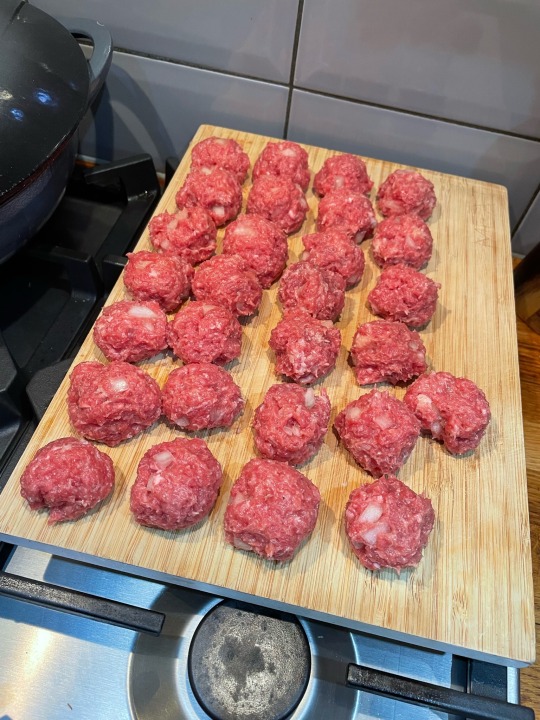
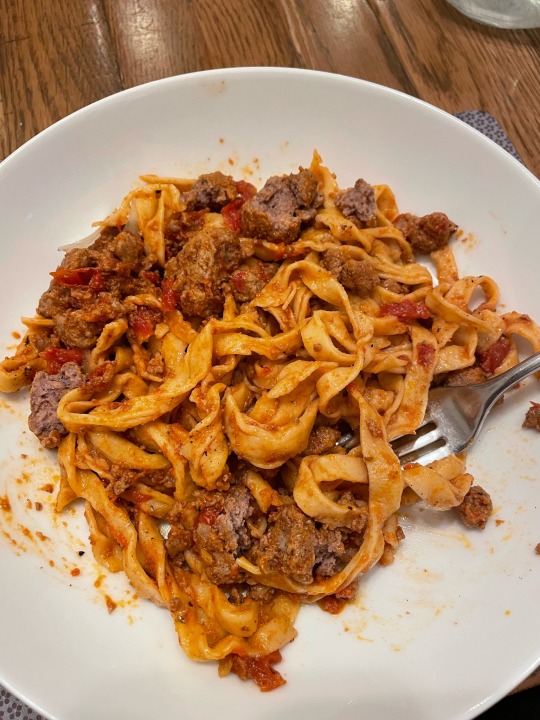
i've spent the past few weeks learning to make pasta from scratch and i think everybody should do it actually!!
#ramble#food#it's v fun#and So rewarding#also it's nowhere NEAR as hard as you think it is i promise#i cook for the fam once a week and i always just make the same sort of thing#so this year i'm only using recipes from cookbooks i own#all of these are from the classic italian cookbook by marcella hazan and they're AMAZING bc it's all things you already have in your kitche#the sauce for the meatballs is just tomatoes and salt and it's incredible
456 notes
·
View notes
Text


orecchiette with sausage & rapini in my homemade tomato sauce :)
#nat.txt#n; cooking#food#proud of my plating/photography on this one i have to say!!!#my tomato sauce is literally just whatever tomatoes are about to die. one shallot. an Amount of butter. cook covered until whenever. blend.#and it's a fucking banger. stolen from the infamous marcella hazan one but i use shallot instead of onion & don't blanch/peel my tomatoes
13 notes
·
View notes
Text
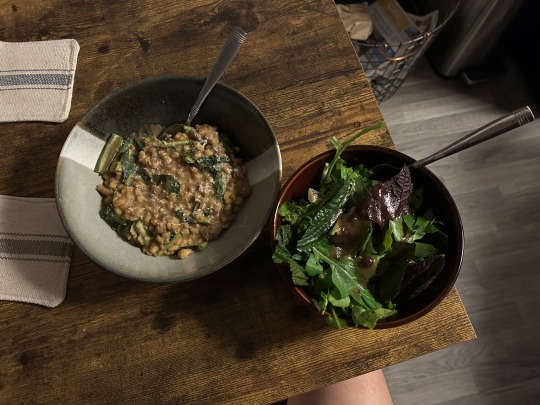
saw my gf last night and we made pearl barley risotto style with shell beans, sausage, dandelion greens + arugula and a salad also with dandelion greens, arugula, shiso leaves, kohlrabi, + pod beans with a blueberry vinagrette
#the risotto is our take on joshua mcfadden's take on a marcella hazan recipe#every time we get together it takes us three hours to cook dinner at a MINIMUM it rules
4 notes
·
View notes
Text

Marcella Hazan's simple tomato sauce recipe. Never letting me down. Here with bucatini, parmesan & sunlight
256 notes
·
View notes
Text
The renowned Italian cookbook author, Marcella Hazan, considered by many as the godmother of modern Italian cuisine, left an indelible mark on the culinary world with her meticulous and traditional approach to Italian cuisine. While her recipes live on in the kitchens of home cooks worldwide, her wild journey to becoming one of America’s most famous chefs remains a mystery to most. Her journey to success saw Hazan go from fleeing Nazi officers, to marrying an Italian Jewish businessman and discovering the recipes and secrets of Italian Jewish cuisine that would ultimately shape her destiny.
An Uphill Battle
Hazan was born to a Catholic family in Cesenatico, Italy. As a young child she was disabled by an injury, leaving her with just one good hand, so she rarely ventured too far into the kitchen. While Hazan grew up around delicious food, for much of her early life, her experience in the kitchen was relegated to boiling water for pasta and making mulberry porridge for the family’s livestock.
Marcella instead was a woman of science, studying biology voraciously in all her free time. But when the Nazis had invaded Italy in the final years of the war, Marcella’s luck took a turn for the worse. She was taken to court over suspicion of murdering a Nazi officer.
Suspicions arose during her time in high school, after her professor of human anatomy had lent Hazan a human skeleton, all but the head. Hoping to learn even more about the human body she did what any strong-willed aspiring student would do; she went to the cemetery to dig up a skull with the help of the local gravedigger. But when letters to a friend were intercepted, officials understood her keeping the skull as her keeping a souvenir of the man she had murdered.
Marcella prepared her remarks for weeks, knowing that her life depended on her ability to convince them of her innocence. She was brought before a local judge and was interrogated for hours, in which time Hazan explained the predicament. After the gravedigger vouched for her, the judge told Marcella: “We are too busy here with serious matters to spend time on such foolishness. Take your skull, go home, and don’t let us see you again.”
Married Life
Following that startling incident, Marcella worked to become a biology teacher at a local middle school. She continued to spend more of her time in the laboratory than the kitchen. However, when she married Italian-American Jew Victor Hazan, he introduced her to an entirely new world of cooking. Victor and his family had escaped Italy and the fascist rule for the greener pastures of New York, but he had returned to Italy to reconnect with his roots. He loved to cook, always trying new dishes out in the kitchen, while Marcella still only knew how to boil water and make porridge.
New York, New York
This completely changed in 1955, when they married and moved to the hustle and bustle of New York City. In Italy, she explained in a 2010 NPR interview, “The chicken, they were arriving from the farmer and they were alive. And at the supermarket they were very dead; they were wrapped; it was like a coffin. Everything was not natural.”
She decided the only way she could survive in a country like this was to learn to cook. Luckily she had some help from Victor’s Jewish mother, Giulia. Every Friday night they would go for Shabbat dinner at their apartment.
Giulia was famous for her borekitas, a classic Sephardic Shabbat treat. “One was made with phyllo dough, and the other one was kind of a crumbly dough,” Giuliano Hazan, Victor and Marcella’s only son, shared in an interview with the St. Louis Jewish Light. “She would fill them with spinach or a mix of cheeses, and she would do eggplant fillings, which were really good.”
Nonna Giulia was also known for her green beans stewed with tomatoes, her spinach and chickpeas with lemon juice and her browned okra with tomatoes. Marcella learned from these dishes and incorporated the concepts into her own food, and began to develop a deep passion for creating simple but nourishing meals.
After discovering her love for cooking, Marcella wanted to discover other cuisines. So she signed up for a Chinese cooking class, but after the teacher got sick following just one class her classmates decided they preferred to learn Italian cooking with Ms. Hazan instead. Her husband, sensing an opportunity, encouraged it. “You like to teach, you like to cook,” he said. “Put the two things together and stop complaining.”
Word began to spread throughout the New York culinary scene about these small cooking classes that emphasized the authentic, uncompromising methods of Italian cuisine and fresh ingredients and flavors.
Marcella’s work in introducing Italian cuisine to the American public was facilitated by her partnership with Victor, who translated her books from Italian to English and supported her culinary endeavors. In 1973, she published “The Classic Italian Cookbook,” now lauded as a monumental book in modern American cuisine. Her recipes for dishes like Roast Chicken with Two Lemons and her signature bolognese sauce have superseded her reputation and have been handed down from generation to generation. In the end, it was Marcella’s perseverance, integrity and authenticity that endeared her cooking to millions. Her unwillingness to let anything stop her in her way is a testament to her uncompromising attitude and the lessons she learned cooking with her husband’s Jewish family.
Building on his mother’s legacy, Giuliano Hazan has become a successful cookbook writer himself, and written at length about those Friday night meals they shared as a family. His books continue the age-old tradition of Jewish Italian cuisine, showcasing dishes such as carciofi alla giudia (Jewish-style artichokes) and bimuelos (fried dough balls).
12 notes
·
View notes